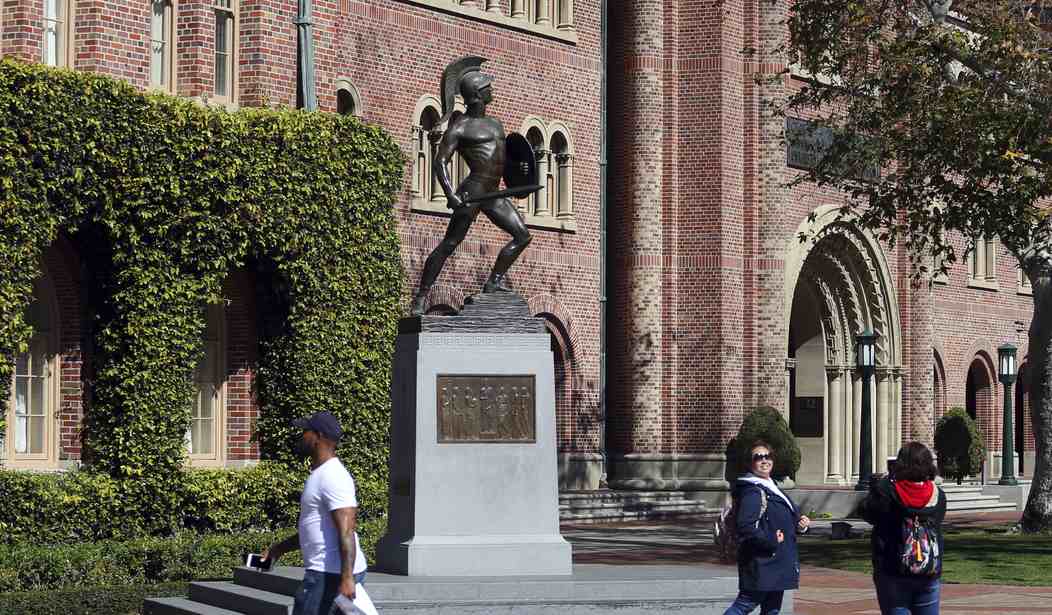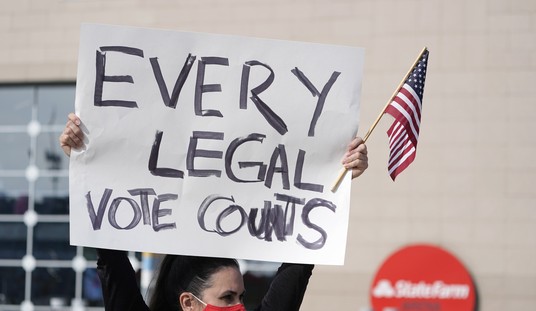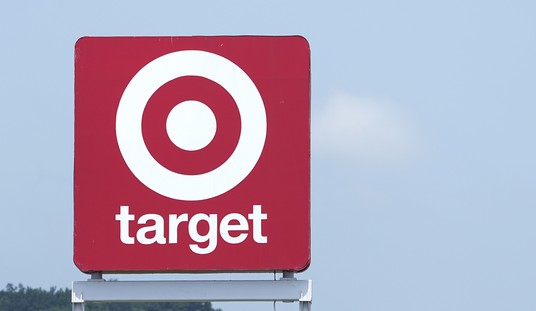There is plenty of news about higher education these days, and not much of it is good.
By way of example, Siena Heights University, a small Catholic college in Adrian, Michigan, just announced that it will be closing at the end of the next academic year, after 105 years. Siena Heights -- whose enrollment has dropped 20% since 2008 -- follows other Michigan schools: Marygrove College closed in 2019, Finlandia University closed in 2023, and Concordia University Ann Arbor has shuttered all its undergraduate programs.
These are not isolated instances; they are part of a national trend.
Earlier this week, BestColleges.com published a list of colleges and universities that have closed since 2008. In that period, 194 private for-profit schools have closed. It used to be that for-profit institutions -- often viewed as fly-by-night organizations with poor academic standards -- were at greatest risk of closure. Not anymore. The traditional two- and four-year nonprofit colleges and universities are now facing perilous futures as well; 126 have closed since 2008.
A huge part of the problem is skyrocketing costs. In 1980, the average cost of one year at college -- tuition plus room and board -- was $9,438. In 2014, it was $23,872. In 2024-25, it was $38,270. Just since 2000, annual tuition and fees alone (without housing) at private colleges and universities have gone from $15,800 to almost $40,000.
Even if we look only at public universities, we still see staggering increases. Annual tuition at public universities went from $738 in 1980 to $9,349 in 2014. By 2024, the average public university tuition was $27,146.
It’s hard to argue that students are getting that much more value for their money.
And as bad as those numbers are, they don’t reflect the true costs. Most students today must borrow to fund at least part of their education. Average federal student loan debt (not including other private loans) is now around $37,000 per individual borrower. A graduate who leaves college with, say, $50,000 in student loan debt and takes the full 20 years to repay the loan at a 7% interest rate will pay back $93,000 -- or nearly twice what she borrowed.
Recommended
In aggregate, student loan debt in the United States exceeds $128 billion. That is $128 billion that won’t contribute to economic growth in the purchase of homes, cars or other consumer goods, won’t be spent on children, won’t be invested in new businesses.
The breakneck pace of runaway college costs is a bubble. And all bubbles burst eventually. Although there are conflicting data about decreases in college applications last year, what is certain is that the public’s faith in the value of a college education has dropped -- 20% in just the past few years. Just 36% of Americans have “a great deal of confidence” in our higher education system. Nearly 30% say college “isn’t worth the cost.”
Those sentiments are going to translate to lower enrollment in the future unless drastic changes are made now.
Americans’ disgust with higher ed isn’t limited to the outrageous costs. They are fed up with the left-wing political indoctrination, the hostility to Christianity and western civilization, the censorship and political correctness, the lowering of standards, the discrimination against white males, the antisemitic behavior and violent protests, all of which have been taking place at some the country's most "prestigious" colleges and universities. Americans have seen the presidents of Harvard, the University of Pennsylvania, MIT, Georgetown and University of California, Berkeley, testifying before Congress. They’ve watched the riots on the nightly news, read outrageous and inflammatory social media posts by faculty, and heard about the academic frippery. (Why would you pay $50,000 a year for your child to take courses like "Collectivism and Polyamory as Backlash Against Neo-Colonialist Patriarchal Hegemony in Suboceanic Textile Workers"?)
Academia in America is dealing with a bad case of internal rot: decadence, self-indulgence, cowardice, loss of mission. When those are combined with exploding costs, the inevitable result is collapse of public demand for your product or service.
Sadly, it's often the smaller schools -- like Siena Heights University -- that draw primarily from local or regional populations who are hit first and hardest. They cannot compete with the glitzification that bigger, wealthier schools have indulged in to attract students and justify increased tuition and costs. Nor can they absorb year after year of declining enrollment. (Some of them, admittedly, have tried and failed to convey their value to the consuming public.)
In fact, these schools are at the vanguard of the public’s backlash against academia’s trendy nonsense, even if they never had the bandwidth or resources to engage in it. Meanwhile, the worst offenders tend to be big players whose outdated reputations and outsized endowments have insulated them from the consequences of the market turn.
At least, thus far.
But those “big players” would do well not to assume that they cannot be affected. Many large and successful institutions have made the same mistake before they, too, went over a cliff. To paraphrase the saying, revolutions happen slowly, then all at once. None of this is limited to higher education, by any means. (Remember "too big to fail"?)
The industry we call "higher education" is changing, and many of these changes will be driven by public demand, whether faculty and administrators want it that way or not. The pressure is already on, from congressional hearings, to cuts in federal grants and calls for taxation of endowments, to undergraduate athletes’ demands for compensation, to social media outrage about absurdity in the classroom and in academic publications.
So, what will the future look like? It’s difficult to predict but reasonable to assume that there will be demand for institutions of higher education that focus on students’ needs rather than the esoteric interests of faculty pressed to publish for publication's sake; that have practical residence options without expensive and unnecessary frills like granite countertops, flatscreen TVs and indoor climbing walls; that focus on professional preparation and skills development; that encourage self-esteem based upon achievement rather than skin color, ethnicity, socioeconomic status or membership in a class of self-appointed elites.
The future is coming. Adapt or die.
Editor’s Note: Do you enjoy Townhall's conservative reporting that takes on the radical left and woke media? Please support our work so that we can continue to bring you the truth.
Join TOWNHALL VIP and use the promo code FIGHT to get 60% off your VIP membership!

























Join the conversation as a VIP Member